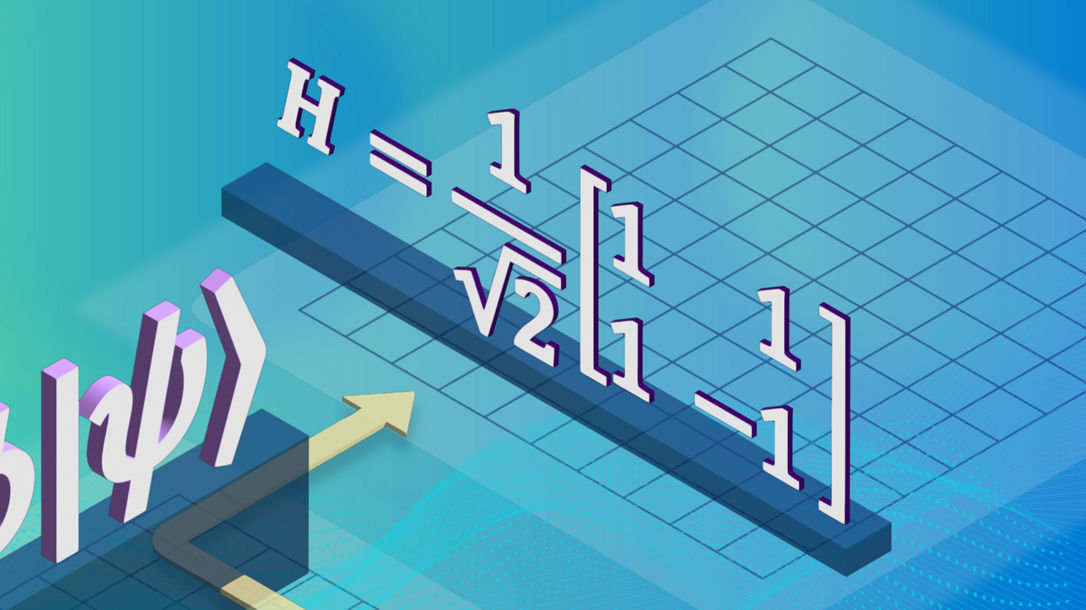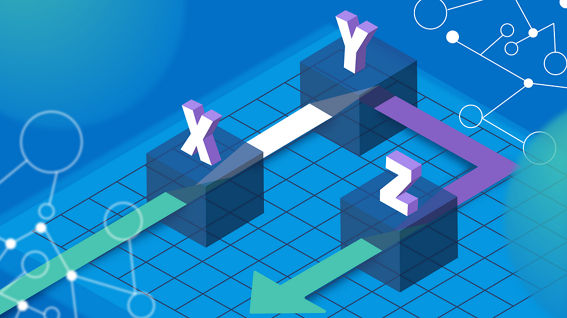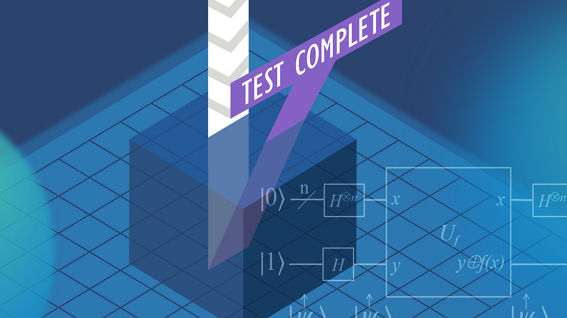To understand universal gate sets in quantum computing it is important to understand the concepts of Turing machines and Turing completeness. These concepts were defined in the work of the great Alan Turing and provide a theoretical foundation for understanding what is computable and what is not.
A Turing machine is a mathematical model of a hypothetical computing machine that can perform any computation that can be performed by a computer. A Turing-complete set of instructions refers to a set of operations that can be used to simulate any algorithm that can be computed by a Turing machine. These typically include basic operations such as addition, subtraction, multiplication, and division, as well as conditional statements such as if-then-else and loops. Turing completeness refers to the ability of a programming language or computational system to perform any computation that can be performed by a Turing machine. A language or computational system is said to be Turing complete if it can simulate a Turing machine, which means that it can perform any computation that can be performed by a Turing machine.

Universal gate sets in quantum computing
In quantum computing, the concept of a universal gate set is analogous to the idea of a Turing-complete set of instructions in classical computing. Just as a Turing-complete set of instructions can be used to implement any classical algorithm, a quantum computer that implements a universal gate set must be able to solve any quantum algorithm to a specified level of accuracy. In other words, by combining the operations available in a universal gate set in the correct sequence, a quantum computer can solve any problem that is computable.
There are several universal gate sets in quantum computing. In general, a universal gate set for a quantum system requires a combination of single-qubit gates and multi-qubit gates. The specific set of gates depends on the architecture of the quantum system. One example of a universal gate set is the set of T gate, Hadamard gate, phase gate, and CNOT gate. Another combination is a Toffoli gate and a Hadamard gate. Universal gate sets must be able to approximate any unitary operation to arbitrary precision. A unitary operation takes an input state and produces an output state, with the property that the input state can be recovered from the output state using the inverse of the unitary operation. Mathematically, a unitary operation is a linear transformation that preserves the inner product of quantum states and corresponds to a reversible quantum operation. Similar to how classical operations are implemented using smaller components like NAND or NOR gates, quantum computing unitaries are implemented using smaller single-qubit and few-qubit operations.
In general, the ability to implement a universal gate set is an important criterion for the design of quantum hardware as it enables the hardware to perform a wide variety of tasks. However, implementing a universal gate set across a large number of qubits can be challenging as errors in individual gates can accumulate and cause errors in the overall computation. This is one of the key challenges that quantum error correction and fault tolerance seek to solve and will be essential for scaling up quantum computing to larger systems.





